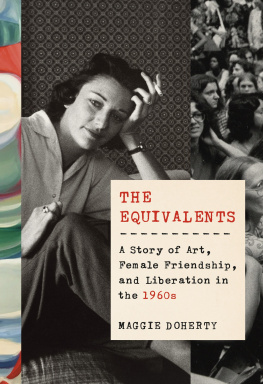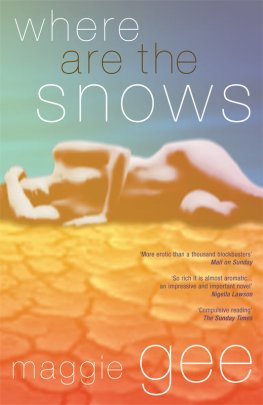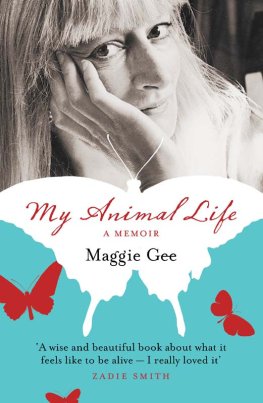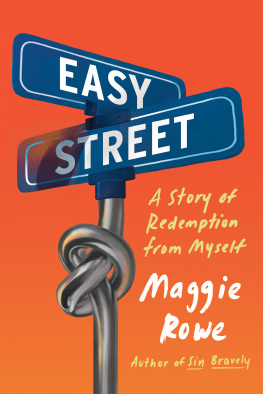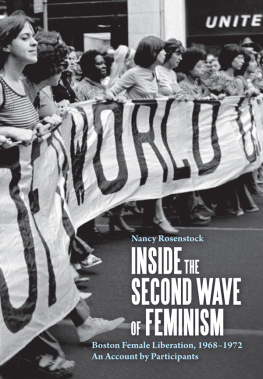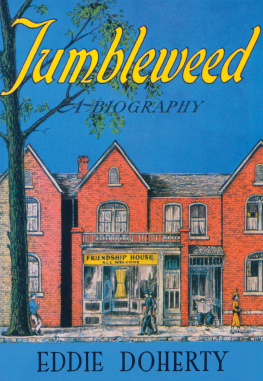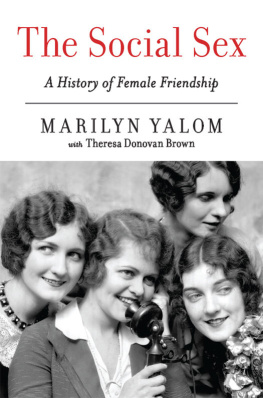Maggie Doherty - The Equivalents: A Story of Art, Female Friendship, and Liberation in the 1960s
Here you can read online Maggie Doherty - The Equivalents: A Story of Art, Female Friendship, and Liberation in the 1960s full text of the book (entire story) in english for free. Download pdf and epub, get meaning, cover and reviews about this ebook. year: 2020, publisher: Knopf Doubleday Publishing Group, genre: Non-fiction. Description of the work, (preface) as well as reviews are available. Best literature library LitArk.com created for fans of good reading and offers a wide selection of genres:
Romance novel
Science fiction
Adventure
Detective
Science
History
Home and family
Prose
Art
Politics
Computer
Non-fiction
Religion
Business
Children
Humor
Choose a favorite category and find really read worthwhile books. Enjoy immersion in the world of imagination, feel the emotions of the characters or learn something new for yourself, make an fascinating discovery.
- Book:The Equivalents: A Story of Art, Female Friendship, and Liberation in the 1960s
- Author:
- Publisher:Knopf Doubleday Publishing Group
- Genre:
- Year:2020
- Rating:5 / 5
- Favourites:Add to favourites
- Your mark:
- 100
- 1
- 2
- 3
- 4
- 5
The Equivalents: A Story of Art, Female Friendship, and Liberation in the 1960s: summary, description and annotation
We offer to read an annotation, description, summary or preface (depends on what the author of the book "The Equivalents: A Story of Art, Female Friendship, and Liberation in the 1960s" wrote himself). If you haven't found the necessary information about the book — write in the comments, we will try to find it.
Maggie Doherty: author's other books
Who wrote The Equivalents: A Story of Art, Female Friendship, and Liberation in the 1960s? Find out the surname, the name of the author of the book and a list of all author's works by series.
The Equivalents: A Story of Art, Female Friendship, and Liberation in the 1960s — read online for free the complete book (whole text) full work
Below is the text of the book, divided by pages. System saving the place of the last page read, allows you to conveniently read the book "The Equivalents: A Story of Art, Female Friendship, and Liberation in the 1960s" online for free, without having to search again every time where you left off. Put a bookmark, and you can go to the page where you finished reading at any time.
Font size:
Interval:
Bookmark:
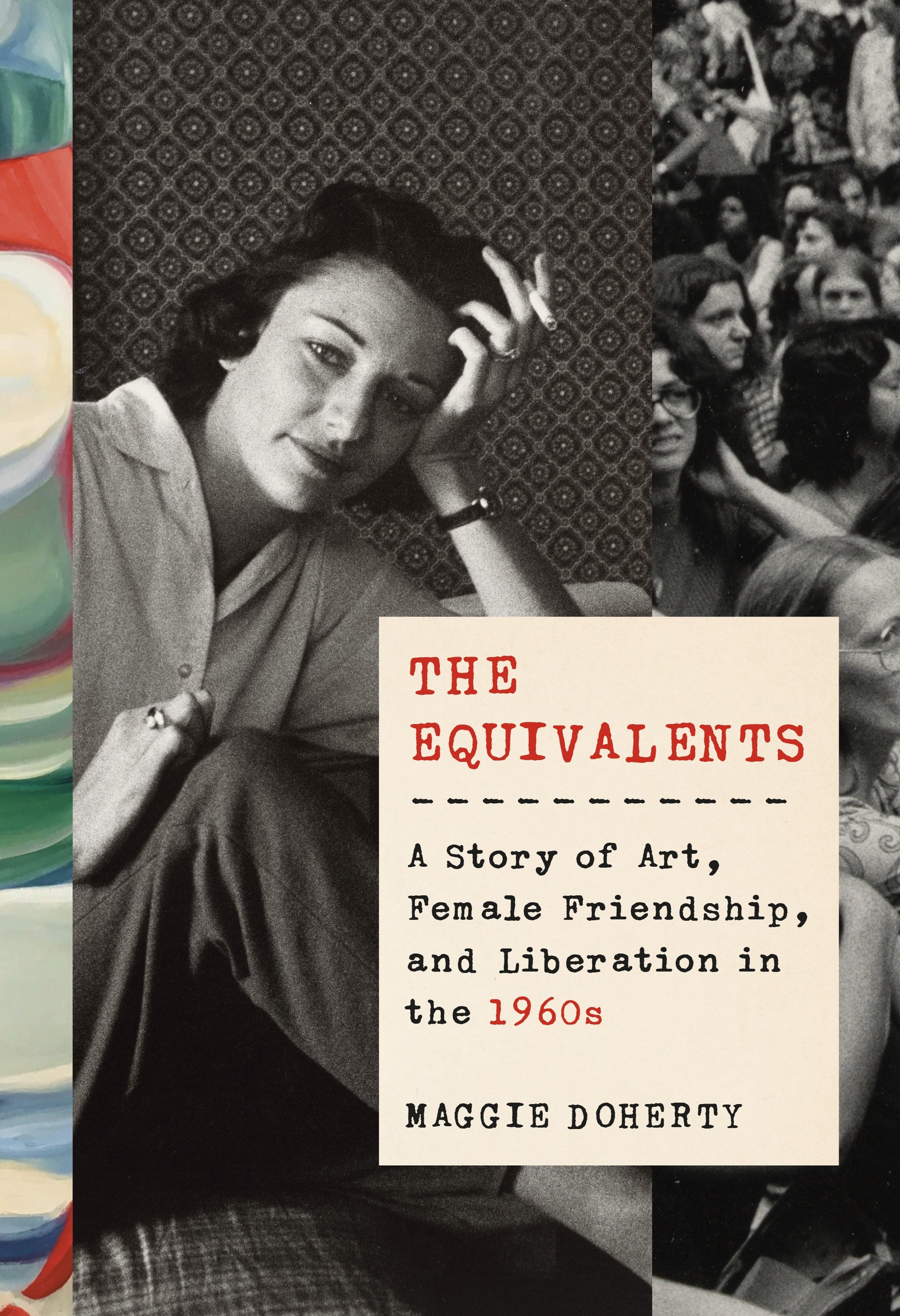
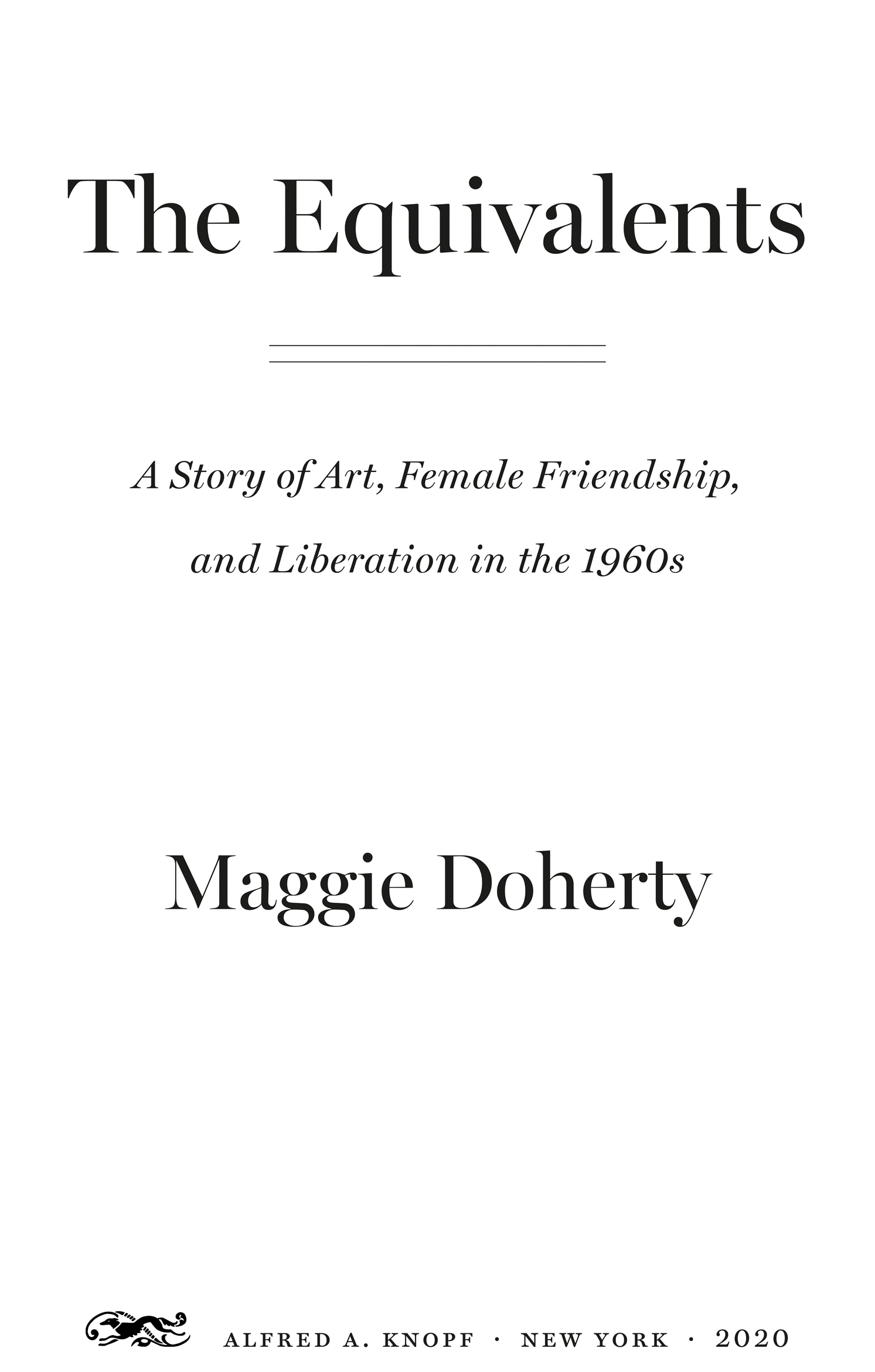
THIS IS A BORZOI BOOK PUBLISHED BY ALFRED A. KNOPF
Copyright 2020 by Maggie Doherty
All rights reserved.
Published in the United States by Alfred A. Knopf, a division of Penguin Random House LLC, New York, and distributed in Canada by Penguin Random House Canada Limited, Toronto.
www.aaknopf.com
Knopf, Borzoi Books, and the colophon are registered trademarks of Penguin Random House LLC.
Grateful acknowledgment is made to W. W. Norton & Company, Inc. for permission to reprint excerpts from Halfway, Morning Swim, and Purgatory from Selected Poems 19601990 by Maxine Kumin, and In That Land from Bringing Together by Maxine Kumin. Halfway copyright 1960 by Maxine Kumin, Morning Swim copyright 1965 by Maxine Kumin, Purgatory copyright 1965 by Maxine Kumin, and In That Land copyright 2003 by Maxine Kumin. Reprinted by permission of W. W. Norton & Company, Inc.
Library of Congress Cataloging-in-Publication Data
Names: Doherty, Maggie, author.
Title: The equivalents : a story of art, female friendship, and liberation in the 1960s / Maggie Doherty.
Other titles: Art, female friendship, and liberation in the 1960s
Description: First edition. | New York : Alfred A. Knopf, [2020] | Includes bibliographical references and index.
Identifiers: LCCN 2019036686 (print) | LCCN 2019036687 (ebook) | ISBN 9781524733056 (hardcover) | ISBN 9781524733063 (ebook)
Subjects: LCSH : Women intellectualsUnited States. | Women poetsUnited States. | Women artistsUnited States. | Women authorsUnited States. | Self-actualization (Psychology) in women. | Female friendshipUnited StatesHistory20th century. | FeminismUnited StatesHistory20th century. | Radcliffe Institute for Independent Study.
Classification: LCC HQ 1206 . D 58 2020 (print) | LCC HQ 1206 (ebook) | DDC 700.92/52 [B]dc23
LC record available at https://lccn.loc.gov/2019036686
LC ebook record available at https://lccn.loc.gov/2019036687
Ebook ISBN9781524733063
Cover photographs: Anne Sexton, 1961 by Rollie McKenna Rosalie Thorne McKenna Foundation. Courtesy Center for Creative Photography. Print: National Portrait Gallery, Smithsonian Institution; gift of Rollie McKenna; womens liberation demonstration (detail) Freda Leinwand. Print: Schlesinger Library, Radcliffe Institute, Harvard University
Cover design by John Gall
ep_prh_5.5.0_c0_r0
For my parents
The poet Anne Sexton spent the summer of 1962 swimming. Months away from publishing her second book and poised on the edge of fame, she soothed her nerves with water. When the weather was warm enough for a dip, she would step out of her house, strip nude, and slide into the pool in her backyard. She delighted in the warmth of the sun, the smooth feel of the water, the quiet of the morning. She could see an old train track from her backyard, while just out of sight, beyond the old, rolling hills of a golf course, the Charles River flowed through Newton Lower Falls, wending its way to the harbor in Boston.
Sextons young daughters, Joy and Linda, didnt like when their mom skinny-dipped. But the kids were often absent that summer, off with a babysitter or with Sextons mother-in-law, who frequently helped with child care. Sexton needed the time to work: though shed only started writing poetry seriously five and a half years earlier, on a whim, her first collection had been a critical success. Fellow poets respected her; some of them expected great things. Sexton was a natural performer: an elegant woman with long legs and slim hips, she captivated audiences at her readings. But she was also a labile, anxious woman, and she frequently needed time off from mothering simply to relax. On these summer mornings, she would swim calmly from one end of her pool to the other, traversing its twenty-five-foot length.
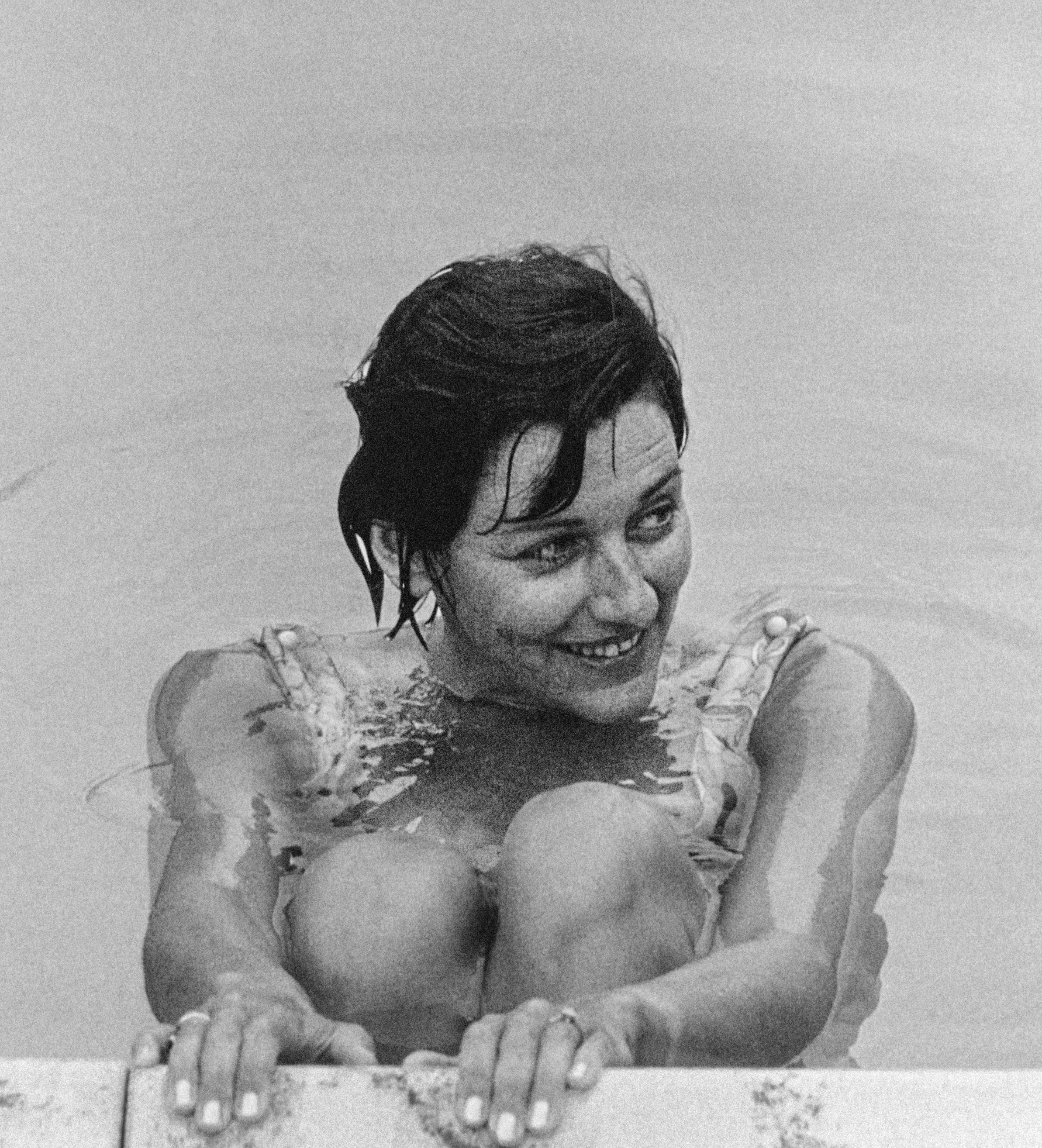
Anne Sexton in her swimming pool in the 1960s
Poetry usually followed her ritual sun worship. She would experiment with new poems, tinker with old ones, write a letter or two. One of her major projects that summer was reviewing the galleys for her next collection of poetry. The book, her second, was to be published by Houghton Mifflin in October; the esteemed poet Robert Lowell, her friend and former teacher, had already agreed to let her quote some of his words of praise. If she were so inclined, she could drive into Cambridges Harvard Square and review the galleys in a gabled house where she and twenty-three other women created, studied, and worked, each with her own small office. But most days, Sexton found it more comfortable to work at homeespecially now that she could, to her husbands relief, work somewhere other than the dining room table.
Her home study had been built the previous summer. She described it to a friend as a wooden tower standing where the porch had once been. It had one long window that faced the backyard. Looking out, Sexton could see the pine trees and the blue hills from her desk, but when she was writing, she faced away from the windownaturebecomes my enemy, she explained. While working, she sat either in her straight desk chair or, more often, in a soft red chair with her feet perched on one of her many bookcases. She could spend hours sitting in this position, drawing inspiration from the great writers on the shelves, many of whom shed encountered only recentlyKafka, Rilke, Dostoevskyand many of whom shed come to love. I hoard books, she once confessed to a friend. They are people who do not leave.
There was another advantage to working from home. Sexton lived just a few minutes drive from her best friend, the poet Maxine Kumin. Tall, lean, and dark-haired, Kumin could seem at first to be Sextons twin, until one noticed her athletic build, her slightly hooded eyes, the sharp angles of her face. She, too, was a suburban mother and the author of a published book of poetry. She was also Sextons main source of emotional and creative support.
In the early 1960s, the poets lives were enmeshed: they spoke on the phone every day, sometimes about writing, sometimes simply about their lives. They watched each others children. They served cocktails to each others husbands. After Sexton installed her pool, the friends developed a happy routine that blended work and play. Kumin brought her children over to swim, and she and Sexton sat by the edge of the pool with typewriters in their laps, their legs dangling in the water, and worked together on a childrens book, a nice break from their adult compositions. Though Sexton often feared social gatherings, Kumins dependable, comfortable company was almost always welcome.
But in the mornings Kumin was usually still at her own home, caring for her own children. Sexton was left to appreciate her solitude. On these summer mornings, no one needed hernot her husband, not her children, not her mother-in-law, not even her friend. The day was beautifully, blissfully hers.
Everything about these summer daysthe pool, the study, the solitude, the second book, the second place to write, even the companionship of Kuminwas the product of a novel experiment in womens higher education. In the fall of 1960, the prestigious womens college Radcliffe, the sister school of Harvard, had announced an unprecedented fellowship program, one that targeted a ubiquitous and yet marginalized class of Americans: mothers. In the words of its founder, the Radcliffe president and microbiologist Mary Ingraham Bunting, the Radcliffe Institute for Independent Study was designed to combat the climate of unexpectation facing women in mid-century America. As she saw it, too many accomplished female undergraduates were giving up their dreams of becoming scholars or artists because they couldnt see how they could do research or write a book while also managing a family and keeping house. The new program proposed to get these intellectually displaced women back on track.
Font size:
Interval:
Bookmark:
Similar books «The Equivalents: A Story of Art, Female Friendship, and Liberation in the 1960s»
Look at similar books to The Equivalents: A Story of Art, Female Friendship, and Liberation in the 1960s. We have selected literature similar in name and meaning in the hope of providing readers with more options to find new, interesting, not yet read works.
Discussion, reviews of the book The Equivalents: A Story of Art, Female Friendship, and Liberation in the 1960s and just readers' own opinions. Leave your comments, write what you think about the work, its meaning or the main characters. Specify what exactly you liked and what you didn't like, and why you think so.

